
Dwarfism is a condition manifesting through short stature and, in some cases, arms and legs which are shorter than normal. Additionally, there are some other symptoms which are characteristic for this condition.
Dwarfism is sometimes referred to as achondroplasia. However, this condition results in disproportionate length and size of the limbs. Other forms of dwarfism manifest through regular body proportion through a short stature. Also, mental and physical impairments of other type may appear in sufferers of this condition too.
Dwarfism in Newborns
If we consider the reasons behind dwarfism in newborns, there are several conditions which might be the triggers. One of the main causes is a bone deformity called dysplasia. There are about 500 skeletal dysplasias that are medically identified so far. In fact, the above mentioned achondroplasia is a subtype of dysplasias.
About 80% of all people with dwarfism suffer from achondroplasia, having a short stature along with disproportionate body parts. Other conditions that may be responsible for the onset dwarfism are Turner's syndrome, inadequate functioning of the pituitary gland leading to a condition called pituitary dwarfism and the absence of proper nutrition and nurturing.
Achondroplasia is a genetic disorder, affecting the development of the embryo, triggering the dwarfism through cartilage and bone deformations. Basically, in this case, the bones of the affected child fail to develop properly, resulting in extremely short limbs, appearing stubby at the same time. Also, the legs of these people are likely to form a bow, causing walking difficulties of different degrees. Furthermore, the noses of these people are usually flat and the normal-sized heads appear too large for the undersized body.
However, this condition does not affect one's intellect and people suffering from many types of dwarfism are not considered mentally challenged. Moreover, their sexual health is unaffected as well and their muscle strength is higher than that of other people.
Luckily, mortality in people affected by achondroplasia is very close to people who aren't affected by dwarfism — about 10 years less than a life expectancy of people who aren't affected by the disorder.
Both people suffering from achondroplasia and individuals being born with the Turner's syndrome are capable of reaching body height of 152cm. However, females with Turner's syndrome usually cannot become biological mothers since their ovaries do not develop completely.
As for the pituitary dwarfism, this condition is completely hormone-based and can be genetically inherited or caused by a direct brain injury. If this condition is not medically controlled and treated, there is a high likelihood that the affected child will not reach proper skeletal growth or puberty. Fortunately, due to the nature of this disease, hormone therapy can help a person overcome and avoid many of the symptoms of pituitary dwarfism.
Finally, taking into consideration that infants need proper nutrition in order to grow and develop, lack of these factors can lead to dwarfism too.
In order to prevent dwarfism in newborns and help children who are born with this deformity, parental education needs to be thorough and detailed, allowing them to fully understand this condition and the treatment options related to it. A balanced life needs to be provided for children with any form of dwarfism, with healthy, properly planned nutrition, adequate education and an abundance of love and support, equal to one other children receive from their parents.
Parenting Children with Dwarfism
First of all, as far as the social stigmatization of people with dwarfism is concerned, these children and adults are not to be called midgets. Rather, most of these individual prefer to be referred a “little person” or a “person of short stature”. Some even accept the term “dwarf”. However, nothing can stop you from avoiding these terms altogether and accepting these people as you would accept anyone else, putting the stature behind.
There are some other steps you can take in order to learn more about the condition your child suffers from and get acquainted with all the necessary support he/she needs to receive from you. For starters, you should read the Frequently Asked Questions section of the Little People of America, obtaining all the information regarding your child's condition.
Secondly, you can learn even more through Little People: Learning to see the World Through My Daughter's Eyes. Additionally, joining an email support group like Parents of Little People can grant you access to answers for all the questions you might have.
Finally, the rest is up to you. Keep in mind that your child deserves and needs to be granted proper nutrition, adequate education and all the support and affection you can possibly give. Growing up and living with dwarfism can be hard, and you need to be there for your child, whenever he/she needs you.
To sum up, there are many types of dwarfism and, depending on the condition, a person may suffer from various forms of impairments. However, it is important to provide adequate support, on social, emotional, nutritional, medical and financial plans.
Education is the key towards understanding dwarfism and, thereby, the problems of your child. Only through this form of information obtaining can you truly be a good parent to your child.


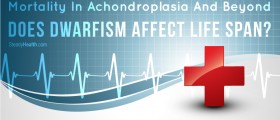


-In-Infants-And-Older-Children_f_280x120.jpg)
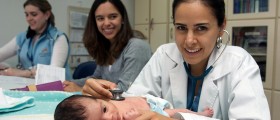
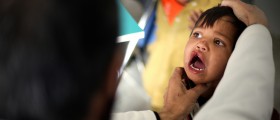
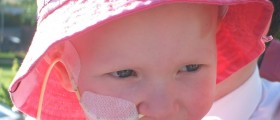
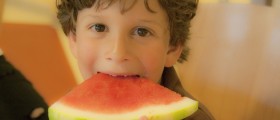


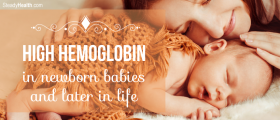




Your thoughts on this
Loading...